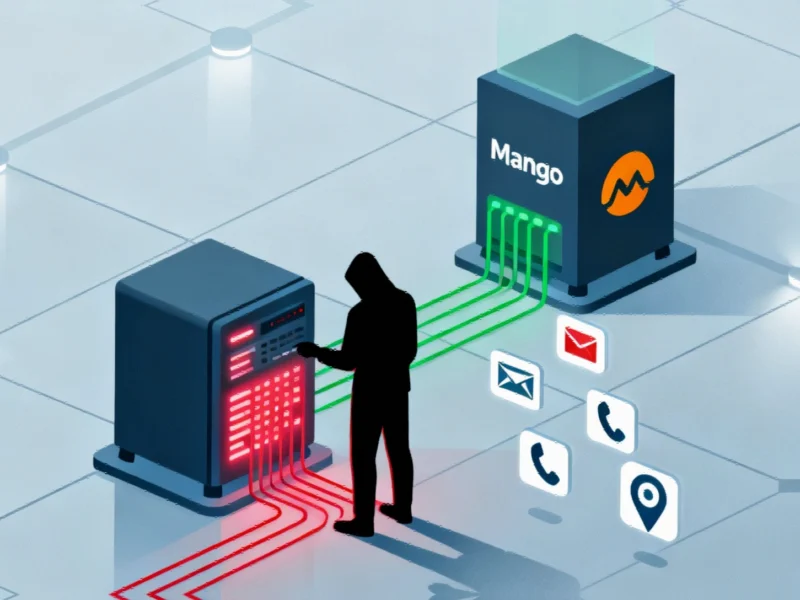According to CRN, the 2025 Edge Computing 100 features 25 security vendors specifically focused on protecting users and data across expanding IT, OT and IoT environments. As edge AI becomes more predominant, organizations face a major expansion of their attack surface over the coming years. The shift of AI computing away from controlled cloud servers to edge environments creates entirely new targets for threat actors. Meanwhile, leading cybersecurity vendors are doubling down on SASE and SSE platforms that combine zero-trust network access, cloud security brokers, and secure web gateways. This security push responds directly to the growing threats facing distributed edge deployments across multiple technology domains.
<h2 id="edge-ai-security-challenge”>The Edge AI Security Nightmare
Here’s the thing about edge AI—it’s basically taking all the security challenges of traditional computing and scattering them across thousands of vulnerable endpoints. Instead of having your AI models running in tightly controlled cloud environments, you’re now deploying them in factory floors, retail stores, and remote locations. Each one becomes a potential entry point for attackers. And these aren’t just simple devices anymore—they’re running complex AI models that process sensitive data in real-time. How do you secure something that’s simultaneously powerful enough to make critical decisions but potentially vulnerable enough to be compromised?
The SASE Platform Wars Intensify
What’s really interesting is how the big security players are responding. They’re not just building point solutions—they’re creating comprehensive platforms that bundle everything together. SASE and SSE have become the battleground where companies like Fortinet, Palo Alto Networks, and Netskope are duking it out. Basically, they’re trying to solve the problem of securing remote and hybrid workforces while also covering edge deployments. The challenge? Making all these different security technologies—ZTNA, CASB, SWG—work seamlessly together without creating performance bottlenecks. It’s a tough balancing act between security and usability.
When IT Meets OT and IoT
This isn’t just about protecting office networks anymore. The real complexity comes from securing the convergence of information technology with operational technology and internet of things devices. We’re talking about manufacturing systems, power grids, medical devices—critical infrastructure that can’t afford downtime. The security approaches that work for corporate laptops often fail spectacularly when applied to industrial control systems. These environments have different protocols, different uptime requirements, and way higher stakes if something goes wrong. So the vendors making CRN’s list aren’t just repackaging existing solutions—they’re building specialized capabilities for these unique edge environments.
Where Edge Security Goes From Here
Looking ahead, the edge security landscape is only going to get more complicated. As more AI workloads move to the edge, we’ll see new attack vectors emerge that nobody’s even thinking about today. The vendors that succeed will be the ones that can provide both comprehensive protection and simplicity of management. Because let’s be honest—if your edge security solution requires a team of PhDs to operate, it’s not going to scale across thousands of locations. The race is on to build security that’s both powerful enough to stop sophisticated attacks and simple enough to deploy at massive scale. And given how quickly edge computing is evolving, that race isn’t slowing down anytime soon.
Continue Reading: Related Articles
Cybersecurity
Software
Software
Cybersecurity
Technology




